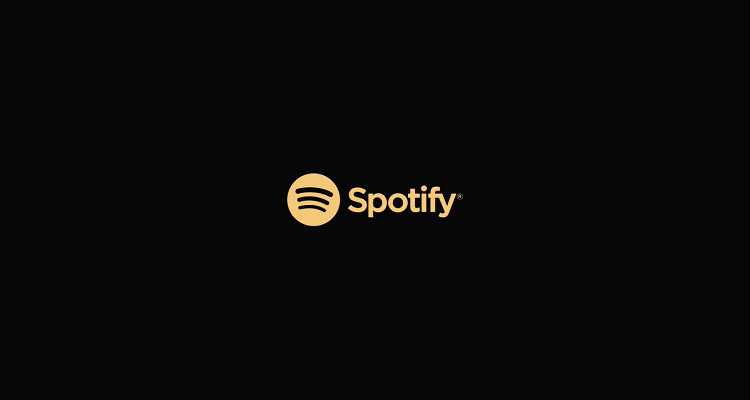July 15, 2021
A new report has revealed that Spotify, despite adding the most net subscribers of any music-streaming service between Q1 2020 and Q1 2021, is slowly losing market share to rivals including YouTube Music, Tencent Music, and Amazon Music.

MIDiA Research disclosed these and other telling details in a recently published analysis, noting at the outset that 2020 brought some 100 million new streaming-service subscribers to the music industry, against a net addition of 83 million paid accounts in 2019. Q1 2021 delivered almost 20 million more subscribers yet, elevating the global total to 487 million, the text discloses.
As initially mentioned, Spotify, by adding 27 million net premium users between the first quarter of 2020 and the initial three months of 2021, outperformed competing streaming platforms, the report states. Nevertheless, the Stockholm-based service’s subscriber market share dipped by two percent YoY, to 32 percent, owing to the decidedly faster growth of YouTube Music owner Google (60 percent growth in 2020), Tencent Music (40 percent), and Amazon Music (27 percent), the document indicates.
Apple Music (ranked second in subscriber market share, at 16 percent) enjoyed 12 percent growth on the year, the text proceeds. Amazon Music and Tencent Music tied for third in music-streaming market share as of Q1 2021, at 13 percent apiece, followed by Google (eight percent), NetEase (four percent), Deezer (two percent), Russia-based Yandex (two percent), Pandora (one percent), and “others” (nine percent), according to the report.
Also worth noting is that emerging markets contributed heavily to the subscriber growth, with fans in Latin America, Asia Pacific, and Rest of World accounting for six-tenths of the paid-account gains. Partially because the monthly subscription price of Spotify and other services varies by region (with fans in emerging markets paying comparatively less, generally speaking), though, average revenue per user (ARPU) declined by nine percent in 2020.
Moving forward, it’ll be interesting to monitor the trends’ impact upon Spotify’s business model and, more significantly, the streaming-service paychecks that artists receive. On the latter front, data suggests that Spotify’s per-stream royalty rate has fallen despite the clear-cut uptick in both revenue and subscribers ushered in by the last half decade.
Dylan Smith
Furthermore, the company’s revenue dipped slightly between Q4 2020 and Q1 2021, and higher-ups confirmed during a “Stream On” livestream event earlier this year that some 60,000 new tracks make their way onto the service daily. As the entity’s per-stream royalty rate is dependent upon each creator’s plays in proportion to total streams, one would assume that this compensation rate (as well as the paychecks received by many acts) will continue to decline in the coming months and years – though “fan-powered” streaming options are now emerging as a possible alternative for creators.
Regarding efforts to improve revenue amid the ARPU falloff, Spotify is spearheading controversial “two-sided marketplace” initiatives and raising prices in select regions. And in terms of the aforementioned business-model impact of the market-share trends, it bears highlighting in closing that Spotify is continuing to make multimillion-dollar bets on podcasting and other non-music audio entertainment.
Digital Music News